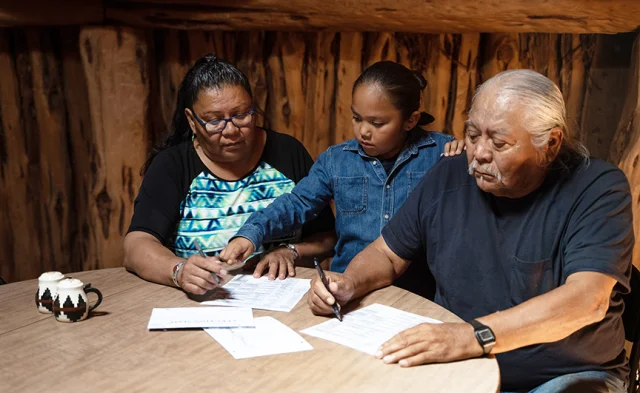LATEST

During the pandemic, the U.S. Social Security Administration leaned into providing more services and processing applications online. But that has...
Topics
Social Security helps Black individuals and those with low educational attainment – and therefore low earnings – through its progressive benefit structure. On the other hand, the nature of Old-Age and Survivors Insurance (OASI) as a life annuity inherently increases expected lifetime benefits for individuals who tend to live longer. Regardless of how these factors…
A common refrain among retirement researchers is that longer careers are the best way to ensure an adequate retirement. This refrain is often directed at the workers themselves – “you need to work longer!” And that message seems to have been getting through. Since the 1990s, the labor force participation rates of older individuals hav…
The headlines from the 2023 Medicare Trustees Report were that the Hospital Insurance (HI) program faces a long-term deficit and will deplete its trust fund reserves in 2031 and that the rest of the Medicare program will require increasing amounts of general revenues. While true, the outlook for program costs is considerably more favorable than…
CRR IN THE NEWS

USA TODAY
Eight states have automatically enrolled hundreds of thousands of workers in retirement savings accounts, all but compelling them to deduct money from their paychecks to spend in their golden years.
FEATURED
NOW ACCEPTING APPLICATIONS
Grants for a junior or non-tenured scholar and a Ph.D. candidate to pursue research on retirement or disability policy. Read the guidelines and apply online through April 30, 2024…
CRR PARTNERSHIP PROGRAM
Partnership with the Center for Retirement Research provides instant access to valuable, independent research. In building a relationship with its supporters, the Center seeks to gain their perspective on retirement income issues and to secure data to advance the goals of the Center’s research programs. The Partnership Program offers the following benefits: One presentation a…
PARTNERSHIP WITH JACKSON NATIONAL
This initiative identifies the major risks that people face as they approach retirement, seeks to understand their perceptions of those risks, measures the potential harm from the risks, and evaluates ways to mitigate them. These risks include: longevity, inflation, health, market, family, and policy. The CRR gratefully acknowledges Jackson National Life Insurance Company for supporting…
RETIREMENT PLAN ACCESS
The main reason that U.S. workers end up with inadequate retirement savings is that, at any given time, only about half of private sector workers are covered by an employer-sponsored retirement plan (see Figure 1)…
Our winter newsletter features new research on the insurance value of Social Security and new data on 401k/IRA holdings. It also announces our 2024 research grant opportunities…

















